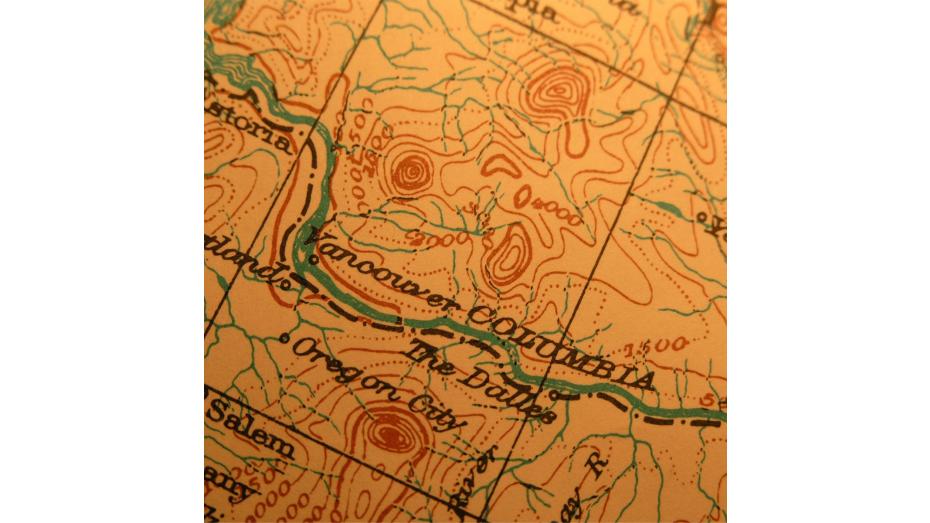The Dalles Mint, The Mint That Never Was
Throughout the history of the U.S. Mint, the discovery of gold in new regions of our country prompted the opening of new federal mints as a way to safely process the precious metal. This is the procedure that played out during the first gold rushes of the United States in the South, which led to the construction of the Charlotte, Dahlonega, and New Orleans Mints. Later, the famous California Gold Rush of 1849 spurred the creation of the San Francisco Mint. When gold was discovered in Pierce, Idaho in 1860, plans to build a new mint in the Pacific Northwest soon followed. Further discoveries of gold in Canyon Creek, Oregon and other regions in 1862 only added to the impetus for a new mint branch.
On July 4, 1864, Congress passed a bill authorizing a new branch mint in The Dalles, Oregon. The Dalles was an ideal town for the new mint branch as it was situated on the shores of Columbia River, which connected Portland and Pendleteon. Utilizing this location meant that newly-minted gold coins could easily be shipped downstream towards the coast. With an estimated $10 to $15 million worth of gold extracted around Canyon Creek from 1862 to 1864, the Dalles Mint seemed destined for a productive and celebrated future of minting coins.
From the outset however, the Dalles Mint ran into numerous setbacks. The first hurdle to the mint’s creation occurred when the appointed superintendent, William Logan, died in the shipwreck of the SS Brother Jonathan. While traveling from San Francisco to Portland, the Brother Jonathan sank near Crescent City in a massive storm. In total, 225 lives and a sum of gold worth $50 million in today’s dollars were lost.
Eventually, Harvey A. Hogue was designated the new superintendent of the Dalles Mint and construction finally began in 1869. Under Hogue, the construction of the basement and first floor were completed. There were, however, a series of delays that plagued the project. For one, the supply of gold coming from the mines situated around Canyon City began to dwindle, reducing the overall need for a mint in the region. On top of that, there were cost overruns, flooding from the Columbia River, and workers leaving construction to go mine gold instead.
What truly ended the Dalles Mint before it could ever begin, however, was the changing circumstances of the Pacific Northwest gold rush. Gold production had waned in the region, reducing the overall need for a local branch mint and making it more feasible to simply ship gold dust to the other mints. Additionally, railroads had successfully spread across the United States, providing safe, affordable, and accessible transport. In particular, the Central Pacific Railroad made railroad transit far more efficient to send gold dust to another mint out of state.
By 1873, construction was officially abandoned, and ownership of the building was turned over to the state of Oregon in 1889. Despite never opening or striking a single coin, the Dalles Mint remains a piece of numismatic history that never quite was. For over a century, the legacy of the Dalles Mint has left numismatists contemplating the fabled coinage that would have bore the second “D” mintmark before the creation of the Denver Mint.






